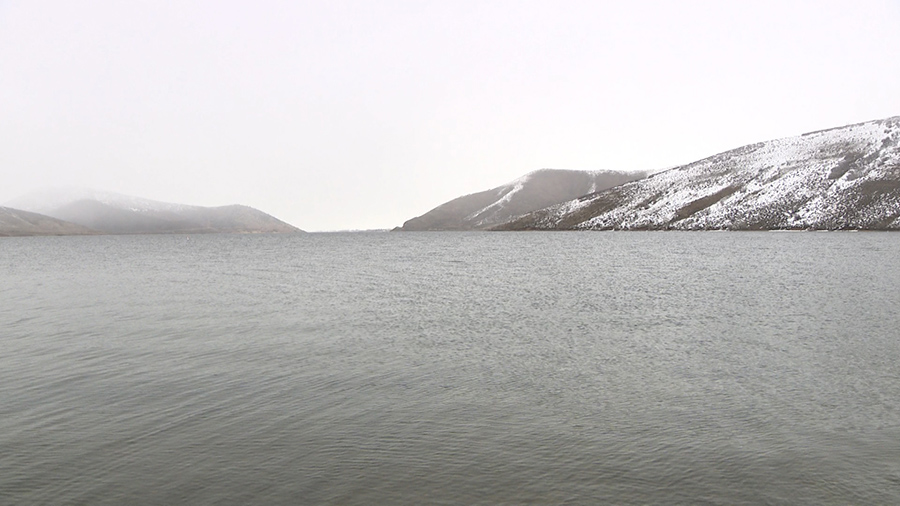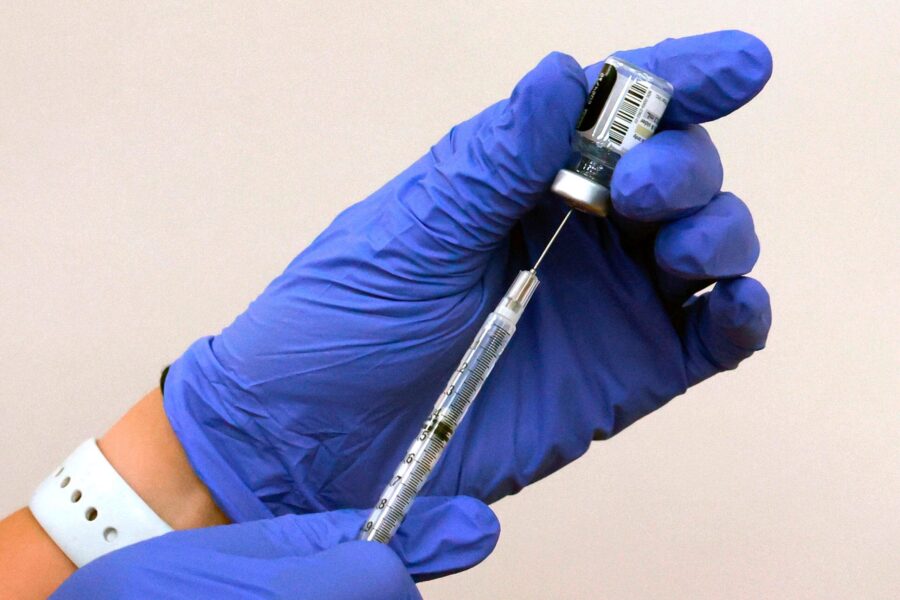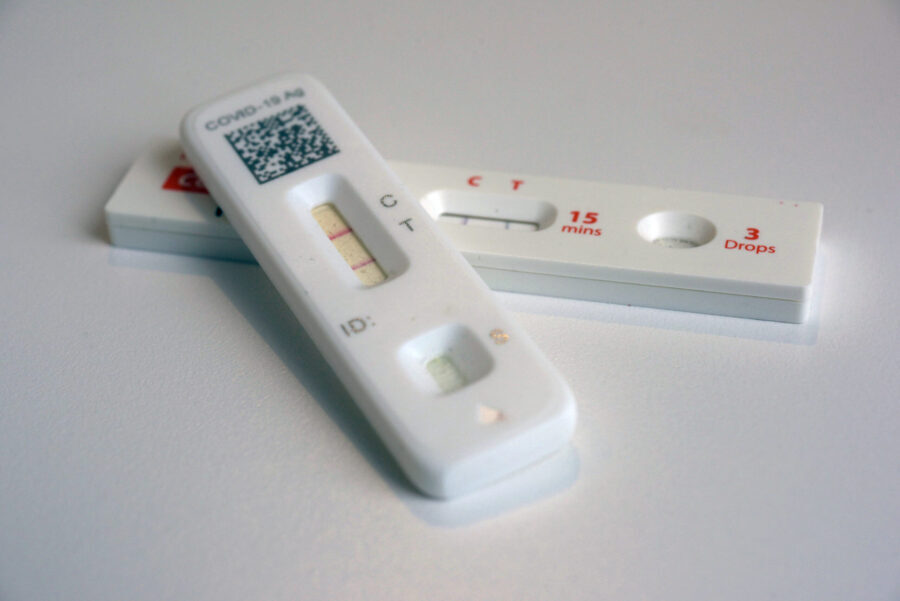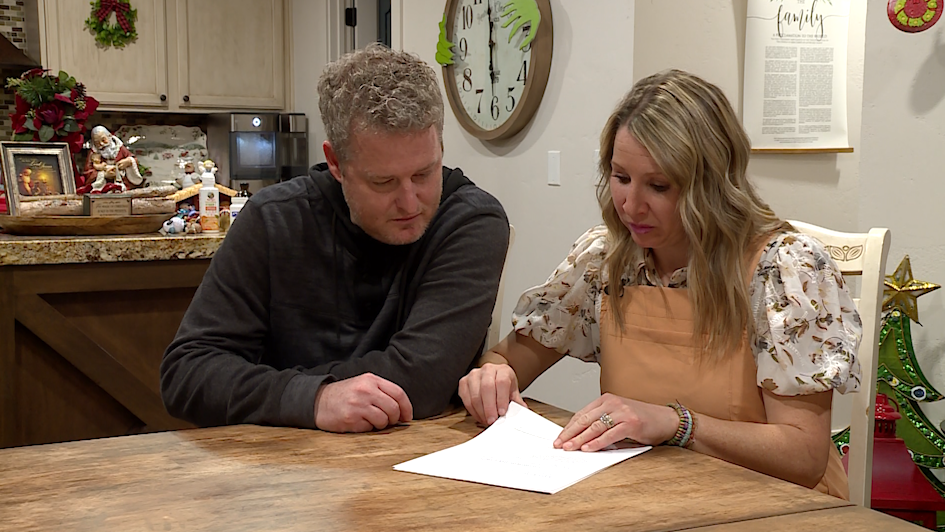Utah to downgrade from COVID-19 ’emergency response’
Feb 18, 2022, 4:00 PM | Updated: Jun 13, 2022, 4:41 pm
SALT LAKE CITY – Gov. Spencer Cox said it is time to transition from an emergency response to COVID-19 to what he’s calling a “steady state” response.
He said Utah is now in a much better place now with vaccines, COVID-19 treatments, and home testing. Health officials will be able to ramp up the response again if needed.
“It’s time for our state’s response to the pandemic to make the appropriate shift to better match where we are today,” the governor said. This transition will happen over the next six weeks.
“It is now time to transition out of an emergency posture and into a manageable risk model,” the governor said in a media briefing today along with health officials.
Cox pointed out that the metrics of the virus, like case counts, are moving in the right direction. Hospitalizations remain high, but they are trending down.
“Let me be clear, that this is not the end of COVID,” Cox said. “But it is the end or rather the beginning of treating COVID as we do other seasonal respiratory viruses.”
Until more people are vaccinated and boosted, the state will continue to be ready to respond.
“Vaccines have been, and will continue to be the surest way to keep us out of this pandemic, to move it into a more steady-state,” said Lt. Gov. Deidre Henderson.
State-run testing sites will be phased out as the UDOH moves away from mass sites. Most testing will be done by health care providers, private testing providers, or home testing.
Cox said Utahns need to manage risk on a personal level, not with mandates.
“We have to be OK with the decisions we make. Every single one of us,” he said. “You’ll notice today that there are several people in this room that are wearing masks. That’s OK. There are also people in this room who have chosen not to wear masks. That is also OK and we all need to be OK with those personal decisions that people are making.”
The department of health will keep an eye on what’s coming next.
“We all know there’s a possibility that there are new variants coming, and we need to be ready for that. So, we have good systems in place to look,” Dr. Leisha Nolen, state epidemiologist said.
The governor hopes the steady-state model will allow everyone to get past the divisiveness that has affected our state.
_______________________________________________________________________
Coronavirus Resources
Have you or a family member been affected by coronavirus issues in Utah? KSL wants to hear from you. Contact KSL by emailing social@ksl.com.
Click here to sign up for a vaccine and here to see how Utah’s vaccine rollout is progressing.
The latest COVID-19 stories from KSL can be found here.
How do I prevent it?
The CDC has some simple recommendations, most of which are the same for preventing other respiratory illnesses or the flu:
- Avoid close contact with people who may be sick
- Avoid touching your face
- Stay home when you are sick
- Cover your cough or sneeze with a tissue and then throw the tissue in the trash
- Wash your hands often with soap and water for at least 20 seconds, especially after going to the bathroom, before eating, and after blowing your nose, coughing or sneezing. Always wash your hands with soap and water if your hands are visibly dirty.
- If soap and water are not readily available, use an alcohol-based hand sanitizer with at least 60% alcohol.
The CDC recommends wearing cloth face coverings in public settings where other social distancing measures are difficult to maintain (e.g., grocery stores and pharmacies), especially in areas of significant community-based transmission.












